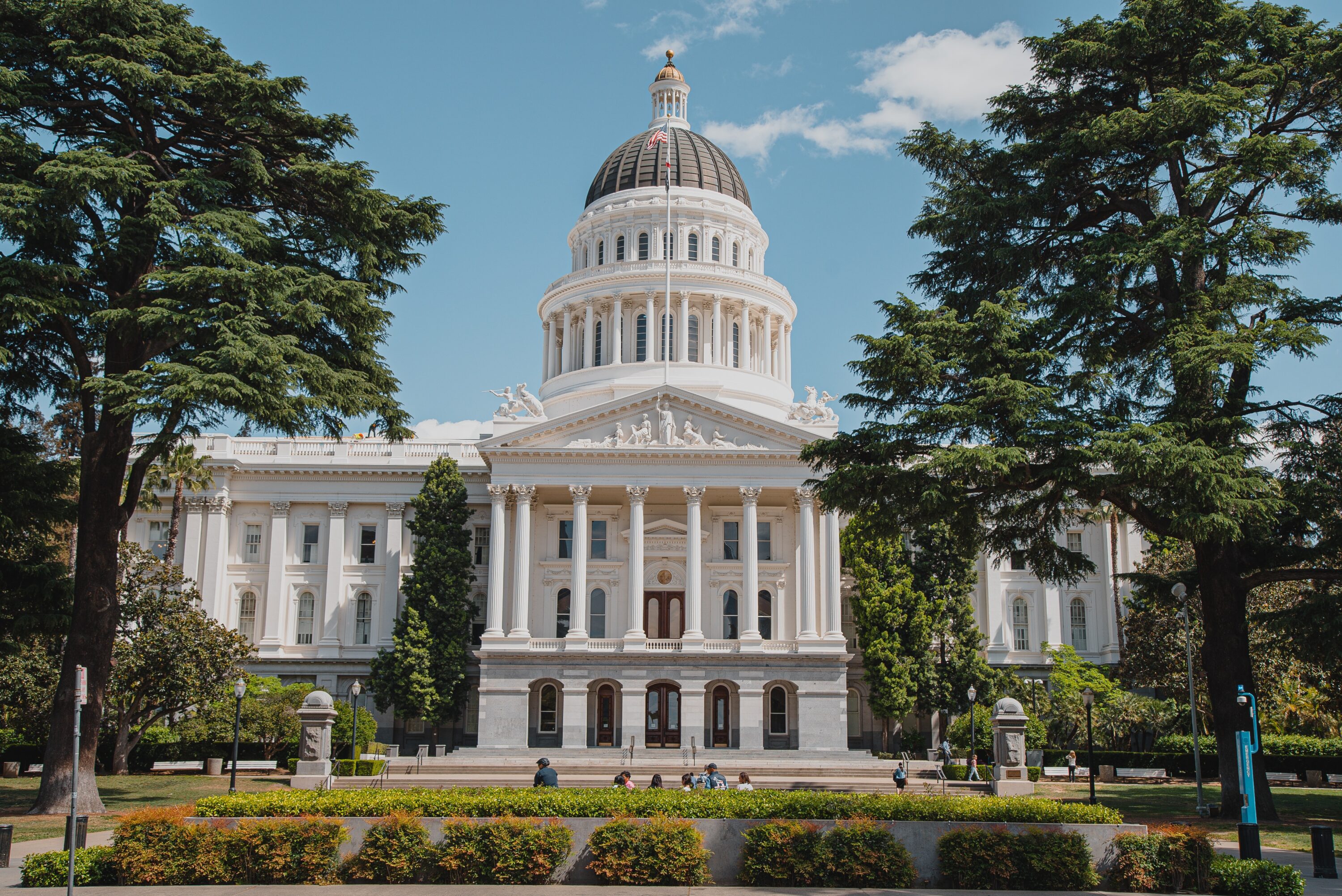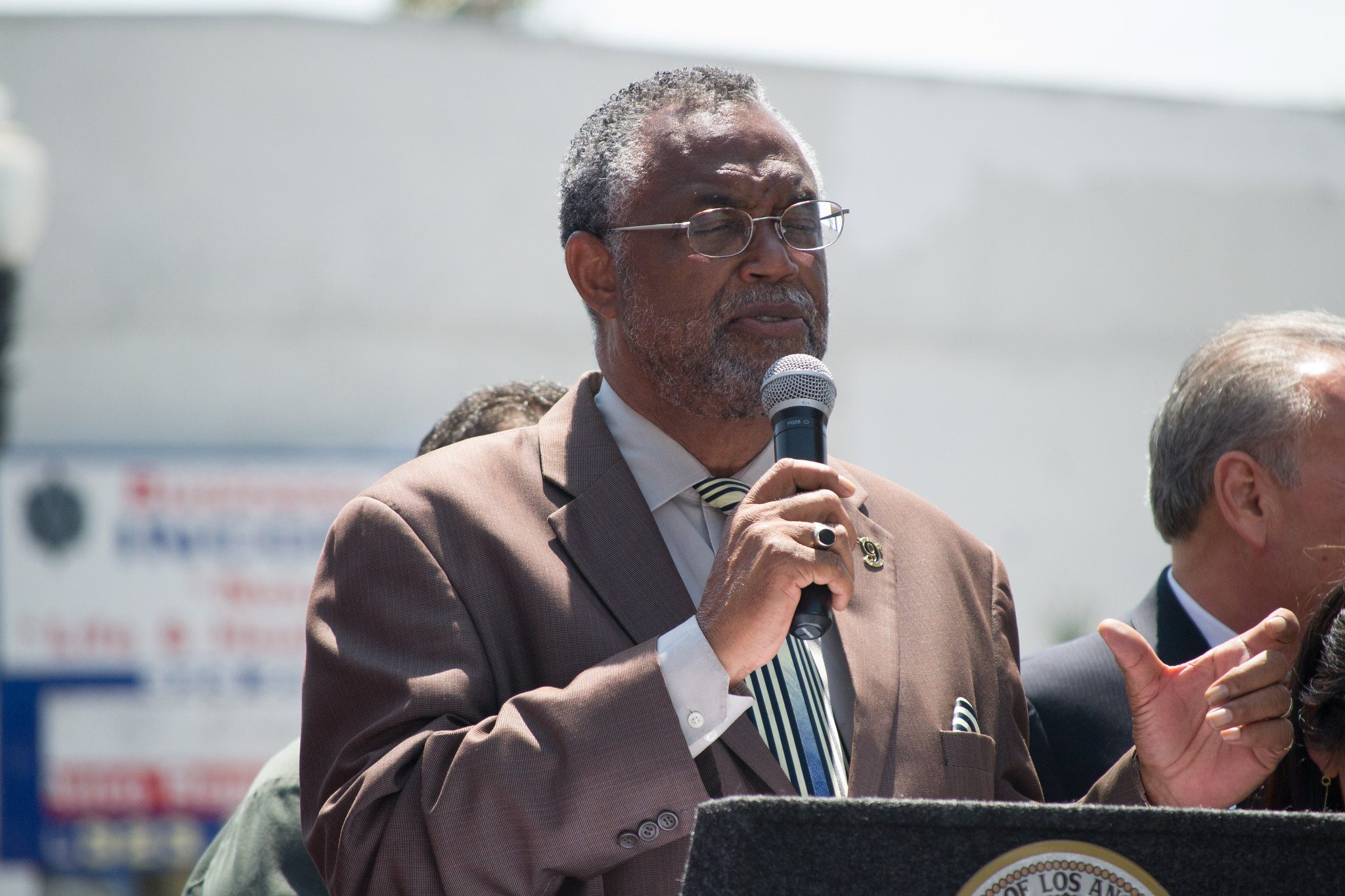While Gov. Gavin Newsom has taken steps to improve gender parity and appoint more people of color to leadership positions, a report released Monday found that more work remains to be done.
To highlight the demographic landscape of California’s gubernatorial appointments, Hispanas Organized for Political Equality, also known as HOPE, released its California Gubernatorial Appointments Report, a comprehensive analysis examining the diversity and representation of Newsom’s appointed boards, commission, agencies and task forces in 2023.
The report found that White Californians continue to hold more positions at 52%, compared to Latinos, Black, Asian Americans and Pacific Islanders (AAPI), and Native American Californians, collectively, who make up 39% of these gubernatorial appointments.
“We believe in the power of transparency to drive change. The Gubernatorial Appointments Report is not just a reflection of the current state of affairs, it’s a call to action for equity and inclusivity in California’s leadership,” Helen Torres, CEO of HOPE, said during a Zoom meeting. “Our mission at HOPE is to ensure that all communities have a voice at decision- making tables. This report is a testament to our commitment to fostering a California for all.”
Other key findings of the report showed there’s gap between race and gender, revealing that White men at 30% are greater represented in gubernatorial appointments over white women at 22%; Black men at 5% and Black women at 6%; Latino men at 8.5% and Latina women at 9%; AAPI men at 3.5% and AAPI women at 5%; Native American men and women at 1%.
Additionally, the majority of appointees reside in Northern California and the Bay Area, or about 63%, whereas about 15% of appointees are from Los Angeles county, the report said. The Central Valley, Inland Empire and Greater San Diego compose about 5% each of all gubernatorial appointments, according to the organization.
The report said Orange County and the Central Coast compose about 3% each of all gubernatorial appointments.
The majority of appointments are Democrats at 71% with Republicans at 8%, “no preference” at 18% and “others” at 2%, the report said.
According to HOPE, staff conducted the report in response to the latest veto of Senate Bill 702, which aims to require the governor’s office to annually report the aggregate demographic information of individuals appointed by the governor.
State Sen. Monique Limón, D-Santa Barbara, who participated in Monday’s Zoom meeting, said she intends to reintroduce legislation in the form of SB 782. The annual requirements for that gubernatorial appointments report match the demographic analysis conducted by HOPE in this report, officials said.
“Without a public report to evaluate our progress, gaps in representation will continue to exist. This report reiterates the need for self- reported demographic data to be made available to the public. The work to advance transparency must start in-house,” Limón said.
Similar bills to SB 702 had previously failed three times, officials said.
“You will see that there is a lot of legislation that is introduced repeatedly, sometimes by different authors, sometimes by the same members,” Limón said. “I think so long as there exists a challenge or a problem you’re trying to address — you’ll continue to keep working on it and understand that it may take multiple tries. So, from my perspective, it is part of the process, and we will go ahead, and we will … move that forward.”
HOPE is calling for increased transparency in the governor’s office by publishing self-reported demographic data, similar to existing practices in the state’s Judicial Council. The report cites successful implementations in other states, such as Illinois, and local governments, including Los Angeles County and Santa Cruz County.
HOPE will continue tracking appointments in 2024, emphasizing the need for in-house reporting by the Governor’s office to ensure accuracy and efficiency.







